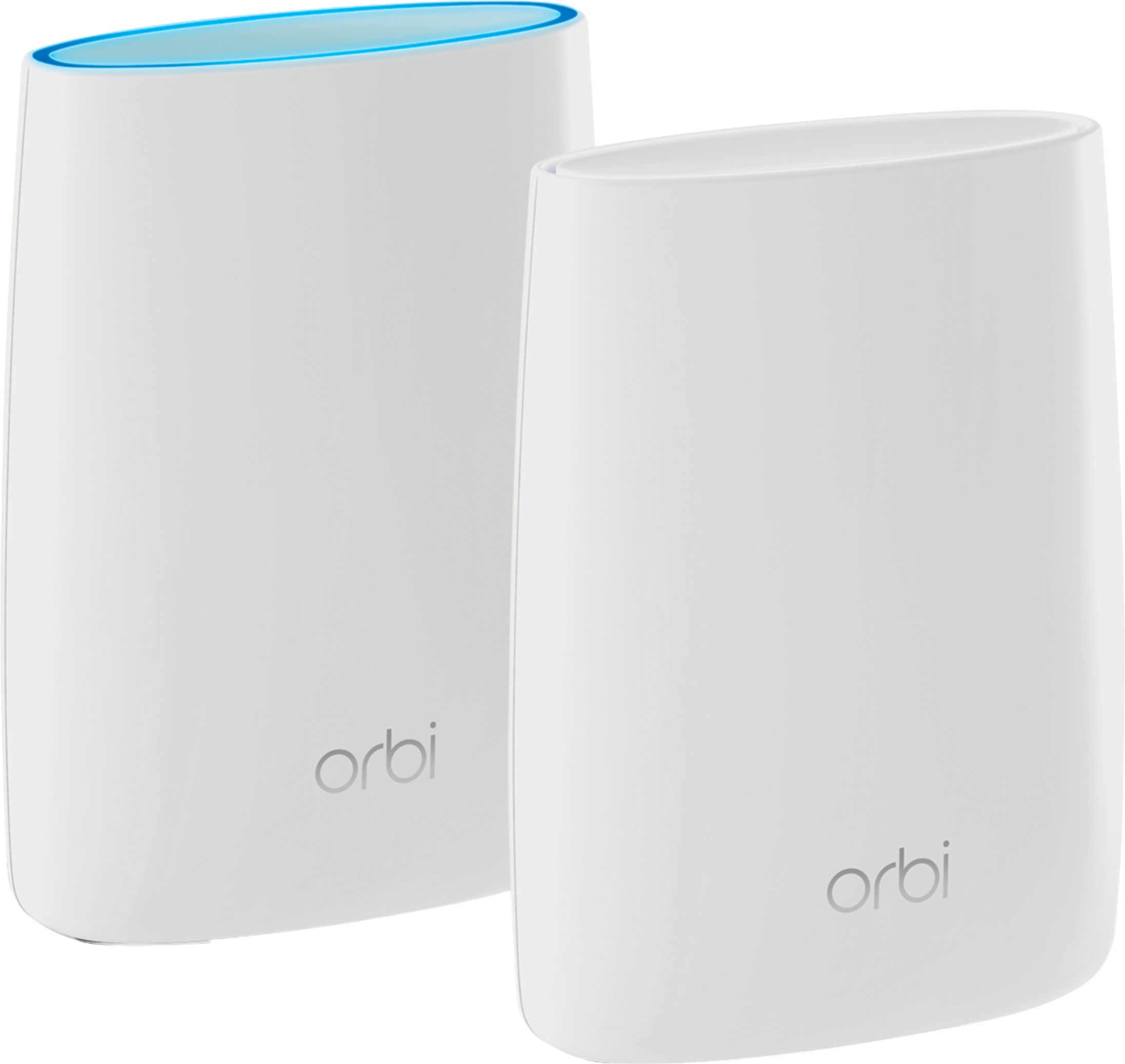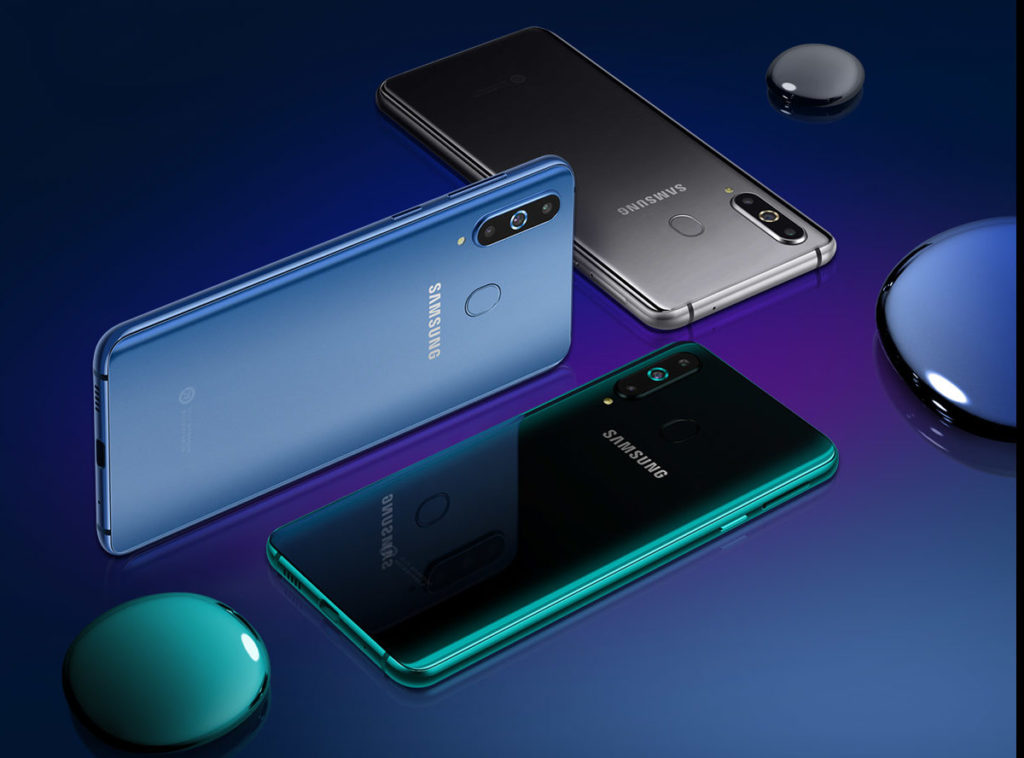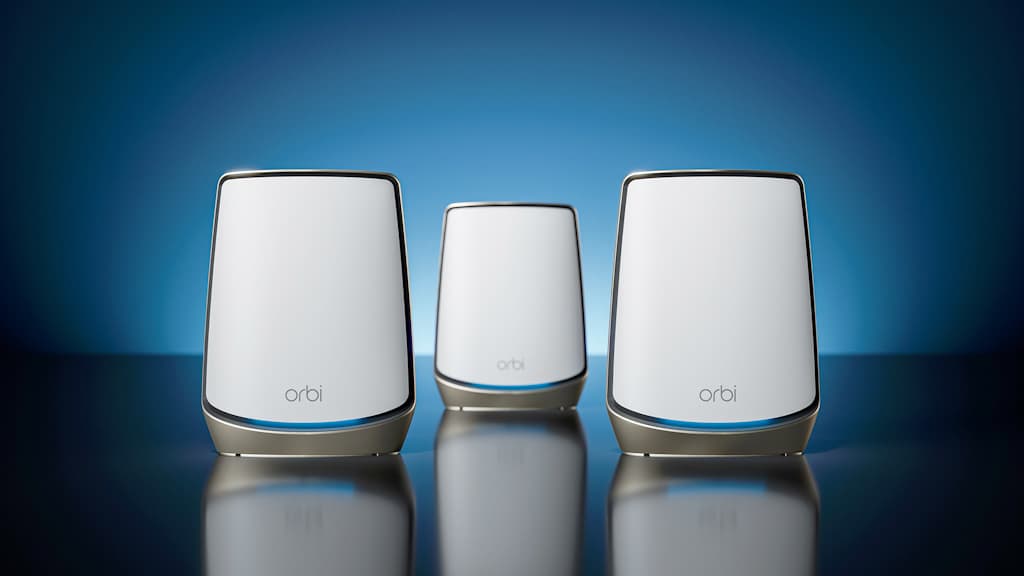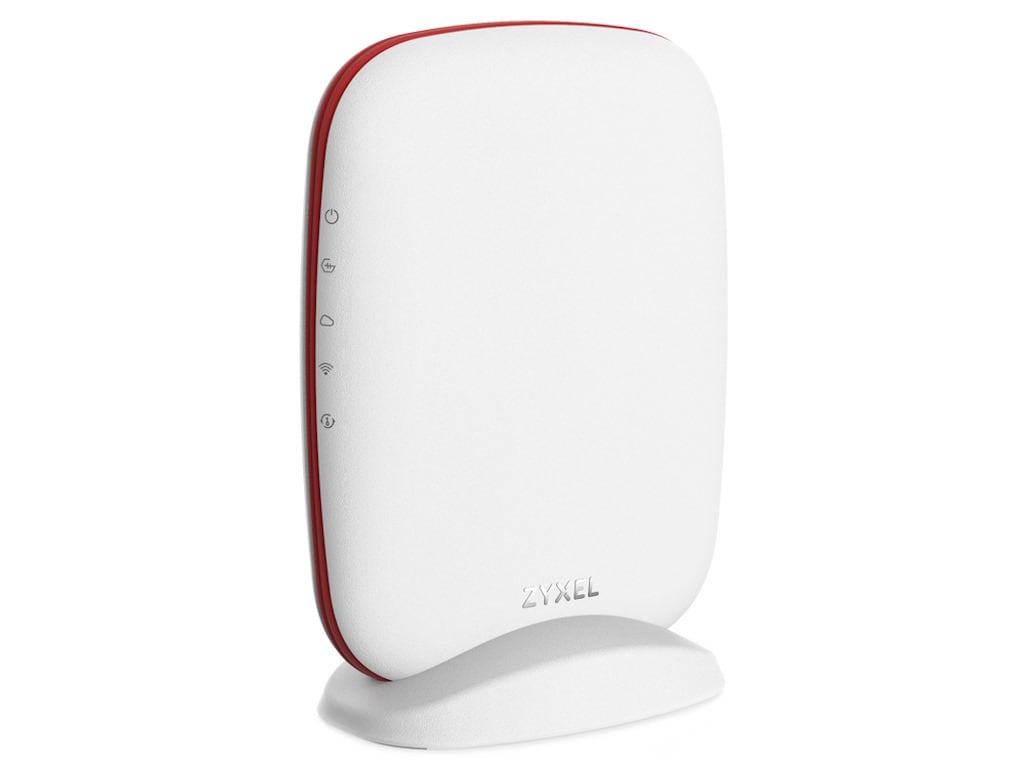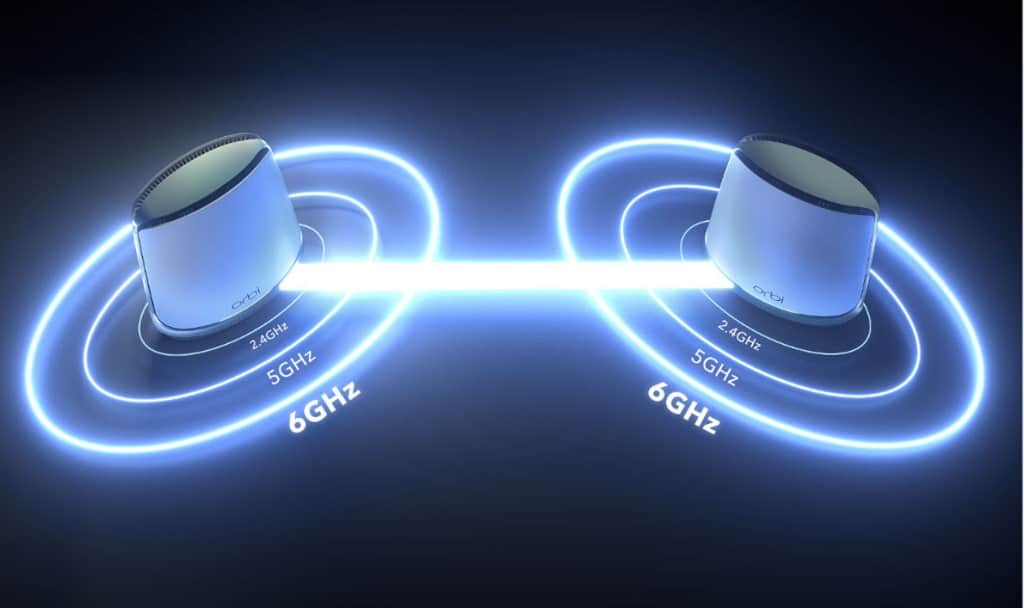Netgear Orbi RBK50 Router REVIEW
Summary
Netgear Orbi RBK50 Router REVIEW
PAT PILCHER fights the good fight to get decent Wi-Fi coverage – and wins with the help of Netgear’s slick Orbi router and satellete package.
$599
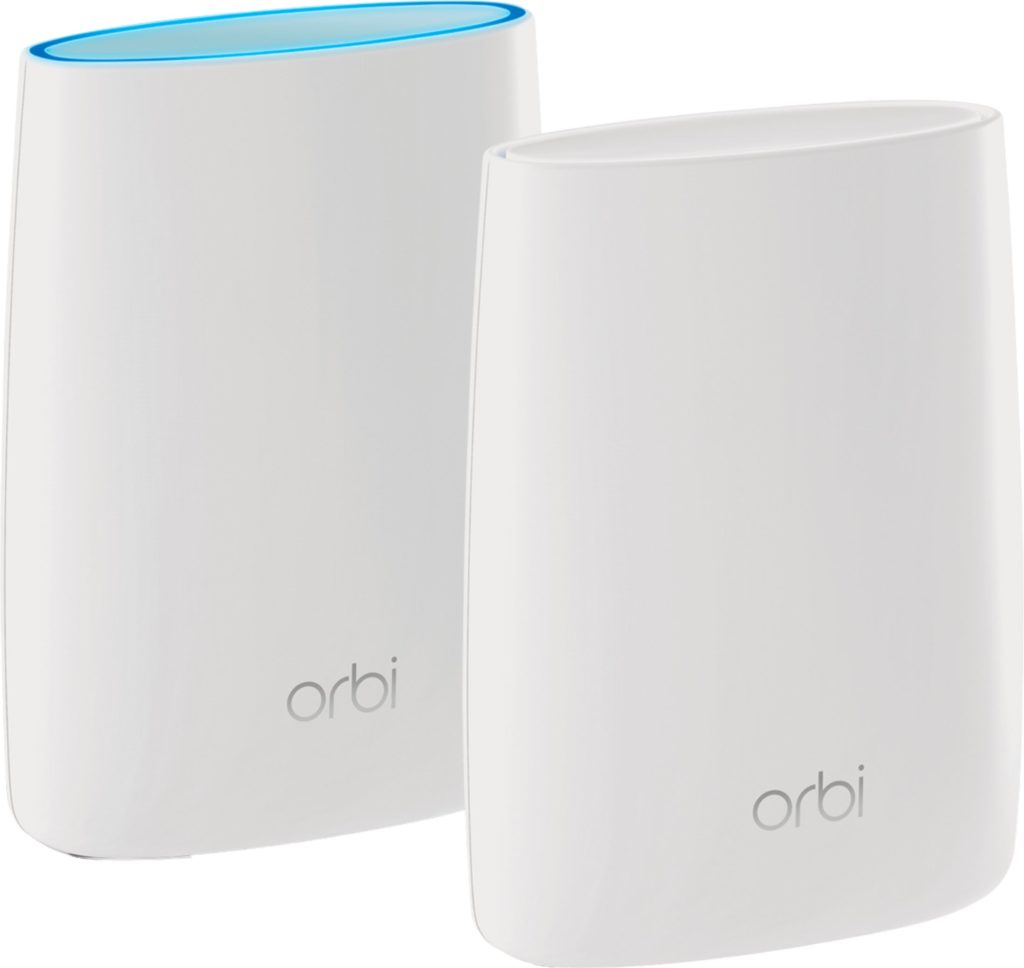
 Is Wi-Fi the digital caffeine of our era? All I know is that if I’m without it for more than half an hour, I break out in hives.
Is Wi-Fi the digital caffeine of our era? All I know is that if I’m without it for more than half an hour, I break out in hives.
Living in an inner-city suburb in a largish old villa, I found that Wi-Fi has developed another caffeine- like property: It tends to give me real headaches. With high-density housing bordering our section, Wi-Fi channels are crowded, which means that at the far side of the house, away from my router, (where reception is weakest), getting a reliable connection to my home network and the internet is more of a miss than hit affair.
At least that was until I discovered the wonder that is Netgear’s rather nifty Orbi mesh router. The basic setup consists of both a router and satellite devices (you can add more satellites). Each Orbi links to the next closest Orbi and re-broadcasts your W-Fi signal. The theory here is that this arrangement makes Wi-Fi dead-zones a thing of the past.
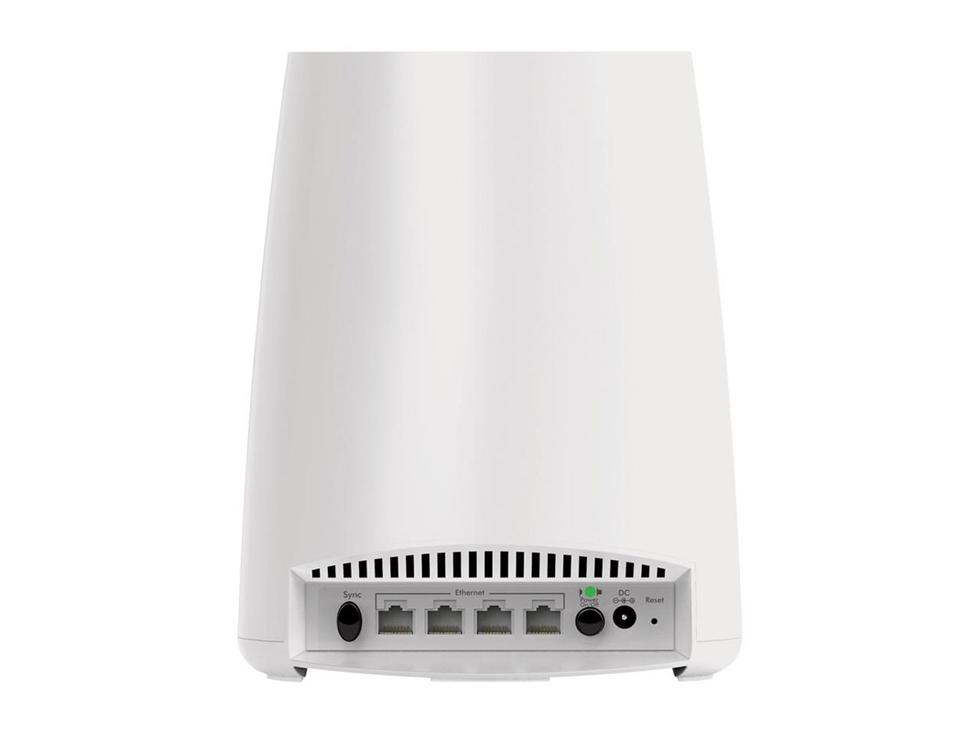
I tested Netgear’s latest Orbi version, the RBK50, which comes as a two-pack solution consisting of a router unit (which has a WAN Ethernet port for an internet connection) and a satellite. Because it isn’t just a range extender but a smart mesh router solution, it costs. A quick check on Pricespy shows that depending on where you shop, you’re looking at a whopping $599 for a two pack. Ouch.
If you have a larger home, you can add more Orbi satellites. A two-pack Orbi setup can, says Netgear, cover 370 square meters).
Coverage aside, the burning question on my mind as I set up the Orbi’s was this: It is hellishly expensive compared to a bog-standard router. Is it worth it?
Both the router and satellite Orbi widgets look virtually identical, being rounded, smooth vertical wing-like boxes crafted out of an inoffensive matte white plastic.
The Orbi router has an Ethernet WAN port in addition to 3 Ethernet LAN ports and sports a blue top, so you don’t get it confused with an Orbi satellite (which has 4 Ethernet LAN ports and a white top).
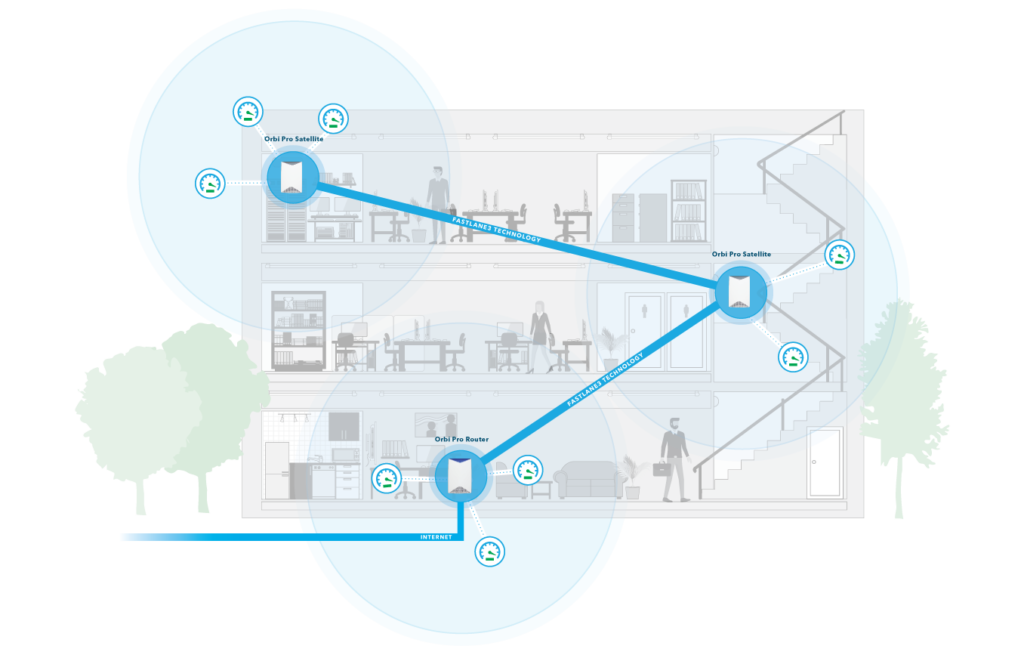
There’s also a Sync button (more on this later), Ethernet ports, a USB 2.0 socket (for hooking up network-attached storage) as well as a power socket.
From a design and usability perspective, the Orbi is simple and worked a treat. It’s uncluttered, easy to keep out of sight and doesn’t deliver a Christmas tree lightshow (which happens to be a pet peeve of mine with most routers).
Getting up and running is dead easy with most home network setups. On my home’s fibre connection, I simply installed the Orbi Android app (which is also available for iOS). I connected the Orbi router’s power supply, powered it on, hooked it into a spare port on my router, and did the same for the Orbi satellite which was positioned closer to the other side of my house.
 After following the app’s on-screen instructions, I hit Sync on both Orbi devices, and their tops began to light up and blink white. It turns out that positioning mesh routers can be reasonably critical, so Netgear developed a smart way to tell non tech-savvy Joe and Joanne public how to get it right without giving them an aneurysm. The light on the top will change to solid blue if the Orbi satellite has an excellent connection to the next nearest Orbi satellite/router. An amber light indicates a ‘fair’ connection, but could be better (the app will advise you to move the satellite closer to the router), and a magenta light indicates either a weak or non-existent connection. The Orbi app and indicator light combo makes installation near idiot-proof (well, I got it right so there you go).
After following the app’s on-screen instructions, I hit Sync on both Orbi devices, and their tops began to light up and blink white. It turns out that positioning mesh routers can be reasonably critical, so Netgear developed a smart way to tell non tech-savvy Joe and Joanne public how to get it right without giving them an aneurysm. The light on the top will change to solid blue if the Orbi satellite has an excellent connection to the next nearest Orbi satellite/router. An amber light indicates a ‘fair’ connection, but could be better (the app will advise you to move the satellite closer to the router), and a magenta light indicates either a weak or non-existent connection. The Orbi app and indicator light combo makes installation near idiot-proof (well, I got it right so there you go).
In the space of 20 minutes spent setting up the Orbi gear, my home went from a place where Wi-Fi gizmos go to die to one that offers up rock-solid Wi-Fi in each room, regardless of how far away you are from the router. Neighbouring Wi-Fi interference is now a non-issue.
Streaming 4K Amazon Prime video is silky smooth, and shunting media to the various Sonos systems or viewing camera footage from the many D-Link cameras in my home all works seamlessly instead of being a technology lottery that I rarely seemed to win.
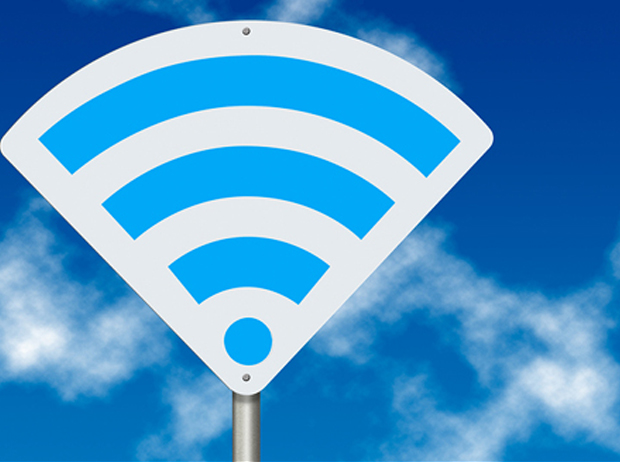 So, just what is the secret sauce? Most range extenders and mesh network gear suffer from the same technical issue: Information from the extenders/mesh units needs to go to and from your broadband router, and most devices use a portion of the bandwidth they’re re-broadcasting to do this, which results in a performance hit. Netgear has handily solved this glitch by equipping the Orbi Router and satellite system with three Wi-Fi bands. There are the standard 2.4GHz and 5GHz you’d typically get with any dual-band Wi-Fi set up, and an extra chunk of 5GHz that is used by Orbi routers and satellites but not visible to other routers so they can communicate with each other and back to your router. This doesn’t take up any of the bandwidth used by the Orbi satellites or router on your home network.
So, just what is the secret sauce? Most range extenders and mesh network gear suffer from the same technical issue: Information from the extenders/mesh units needs to go to and from your broadband router, and most devices use a portion of the bandwidth they’re re-broadcasting to do this, which results in a performance hit. Netgear has handily solved this glitch by equipping the Orbi Router and satellite system with three Wi-Fi bands. There are the standard 2.4GHz and 5GHz you’d typically get with any dual-band Wi-Fi set up, and an extra chunk of 5GHz that is used by Orbi routers and satellites but not visible to other routers so they can communicate with each other and back to your router. This doesn’t take up any of the bandwidth used by the Orbi satellites or router on your home network.
I’d previously been a mesh sceptic. Other mesh networking solutions I’d tested were often slow to the point of being unusable. Some even created DHCP conflicts with my existing router, which saw connected gear around my home falling off my network. The Orbi’s worked perfectly first time to deliver bomb-proof, rock solid Wi-Fi.
If you’ve got Wi-Fi dead-spots at home, Netgear’s Orbi might be just what the doctor ordered. Sure, it’s expensive, but the benefits easily outweigh the costs. Because of this, I’m awarding the Orbi’s a 10/10.

